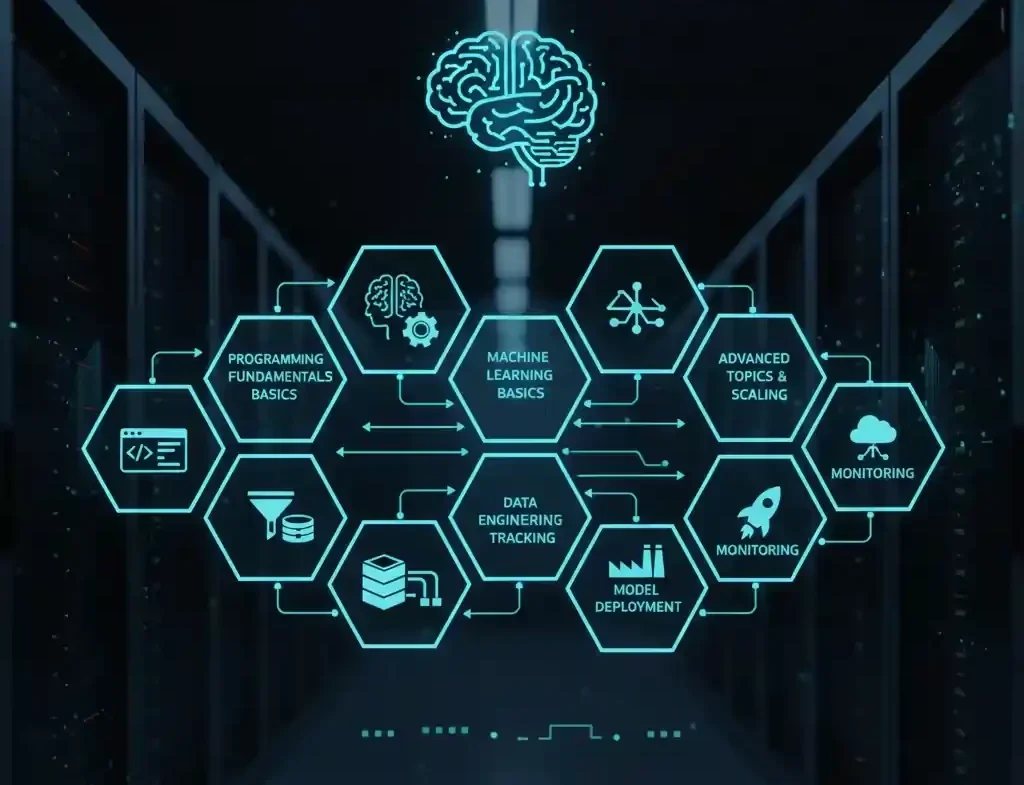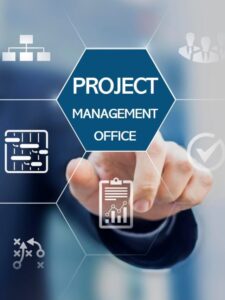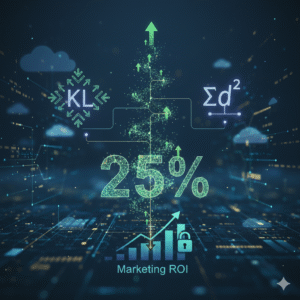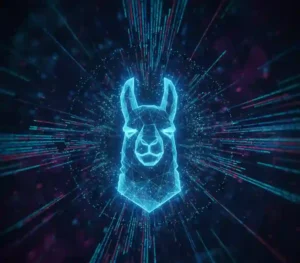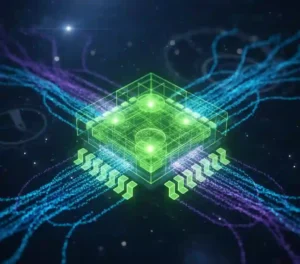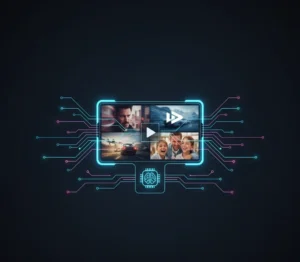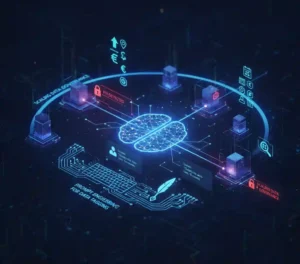Hey there, if you’re looking to break into the world of machine learning operations, or MLOps as it’s commonly known, you’re in for an exciting ride. With AI and ML exploding across industries, knowing how to manage these models in production is a game-changer. That’s where the MLOps learning roadmap comes in handy. It’s your structured path to turning raw ML ideas into reliable, scalable systems. In this post, we’ll walk through everything you need to get started and thrive.
Imagine building a model that predicts customer churn, but then it flops in the real world because of deployment issues. That’s the kind of headache MLOps prevents. By following a solid MLOps learning roadmap, you can avoid those pitfalls and focus on what matters: delivering value.
Table of Contents
What is MLOps?
MLOps stands for Machine Learning Operations. It’s basically DevOps applied to machine learning. Think of it as the bridge between data science and IT operations. You handle everything from data preparation to model deployment, monitoring, and updates.
Why does it matter? Well, according to recent reports, the global MLOps market is set to hit around $3 billion in 2025, up from $2.2 billion in 2024. That’s a whopping 38% growth in just one year. Companies are pouring money into this because traditional ML workflows are too slow and error-prone.
In simple terms, MLOps ensures your models don’t just work in a lab, they perform in the wild. It involves automation, collaboration, and continuous improvement. If you’re on the MLOps learning roadmap, grasping this foundation is step zero.
Why Follow an MLOps Learning Roadmap?
Jumping into MLOps without a plan is like navigating a city without a map. You might get somewhere, but it’ll take forever and you’ll hit dead ends. A structured MLOps learning roadmap saves time and builds skills progressively.
Stats show that ML adoption is skyrocketing, with the machine learning market projected to reach $113 billion by 2025. Yet, many projects fail, up to 85% never make it to production. An MLOps learning roadmap flips that script by teaching you best practices early.
For your career, it’s gold. Roles like MLOps engineers are in high demand. Following the learn MLOPs step by step through a roadmap positions you for these opportunities. Plus, it keeps you updated with MLOPs best practices 2025, like integrating GenAI and edge computing.
The 10-Step MLOps Learning Roadmap
Ready to dive in? This 10-step MLOps learning roadmap is designed for beginners to intermediates. Each step builds on the last, with actionable tips and resources. Aim to spend 2-4 weeks per step, depending on your pace.
Step 1: Master Programming Fundamentals
Start with the basics. Python is the king here, over 80% of ML projects use it. Learn syntax, data structures, and libraries like NumPy and Pandas.
Actionable tip: Build a simple script to analyze a dataset from Kaggle. This hands-on practice reinforces concepts.
If you’re new, check out free courses on Codecademy or Coursera. Remember, a strong foundation is key in any MLOps learning roadmap.
Step 2: Dive into Machine Learning Basics
Next, understand ML algorithms. Cover supervised, unsupervised, and reinforcement learning. Tools like Scikit-learn make this accessible.
Real-world example: Use linear regression to predict house prices. Experiment with hyperparameters to see impacts.
Tip: Join ML communities on Reddit or Discord for feedback. This step in the MLOps learning roadmap ensures you know what you’re operationalizing.
Step 3: Learn Version Control with Git
Version control is non-negotiable. Git tracks changes in code, data, and models. Learn branching, merging, and GitHub workflows.
Case study: Teams at Netflix use Git for collaborative ML development, reducing errors by 40%.
Tip: Practice by forking a repo and submitting a pull request. Integrate this into your MLOps learning roadmap early to avoid later headaches.
Step 4: Explore Data Engineering Essentials
Data is the fuel for ML. Learn ETL processes, data pipelines, and tools like Apache Airflow or Kafka.
Statistic: Poor data quality costs businesses $15 million annually on average. Clean data pipelines prevent that.
Actionable: Build a pipeline to ingest and transform data from a CSV file. This aligns with learn mlops step by step.
Step 5: Containerization and Orchestration
Enter Docker and Kubernetes. Containers package your ML apps, while Kubernetes orchestrates them at scale.
Why? They ensure consistency across environments. In 2025, over 70% of enterprises use Kubernetes for ML deployments.
Tip: Dockerize a simple Flask app serving an ML model. It’s a core part of MLOPs tools and platforms.
Step 6: Set Up CI/CD Pipelines
Continuous Integration/Continuous Deployment automates testing and deployment. Tools like Jenkins or GitHub Actions shine here.
Example: Uber uses CI/CD to deploy models in minutes, not days.
Build one: Automate model training on code push. This step accelerates your MLOps learning roadmap.
Step 7: Experiment Tracking and Model Registry
Track experiments with MLflow or Weights & Biases. Store models in registries for easy access.
Benefit: Reduces rework; teams report 30% time savings.
Tip: Log metrics for different model versions. Essential for MLOPs best practices 2025.
Step 8: Model Deployment and Serving
Deploy models using Seldon, BentoML, or cloud services like AWS SageMaker.
Real-world: Airbnb deploys pricing models in real-time, boosting revenue by 10%.
Action: Serve a model via API and test with sample data.
Step 9: Monitoring and Observability
Use Prometheus or Grafana to monitor model performance. Detect drift and retrain as needed.
Stat: Model drift affects 60% of production ML systems. Proactive monitoring fixes that.
Tip: Set alerts for accuracy drops. Crucial in the MLOps learning roadmap for long-term success.
Step 10: Advanced Topics and Scaling
Finally, explore feature stores like Feast, security, and ethical AI. Scale with distributed computing.
For career growth, certify in AWS ML or Google Cloud. This caps your MLOPs career guide.
Essential MLOps Tools and Platforms
No MLOps learning roadmap is complete without tools. Here are the top picks for 2025:
- MLflow: For tracking and registry. Open-source and user-friendly.
- Kubeflow: Orchestrates on Kubernetes.
- DVC: Data version control.
- Airflow: Pipeline orchestration.
- Weights & Biases: Experiment tracking.
Integrate these into your workflow for efficiency. When choosing MLops tools and platforms, consider scalability and community support.
Actionable Tips for Implementing MLOps
Here are quick wins:
- Start small: Pilot one model before scaling.
- Collaborate: Involve data scientists and engineers early.
- Automate everything: From testing to deployment.
- Focus on security: Encrypt data and models.
- Measure ROI: Track metrics like deployment speed.
Incorporate these into your mlops best practices 2025 for better results.
Common Challenges in MLOps and How to Overcome Them
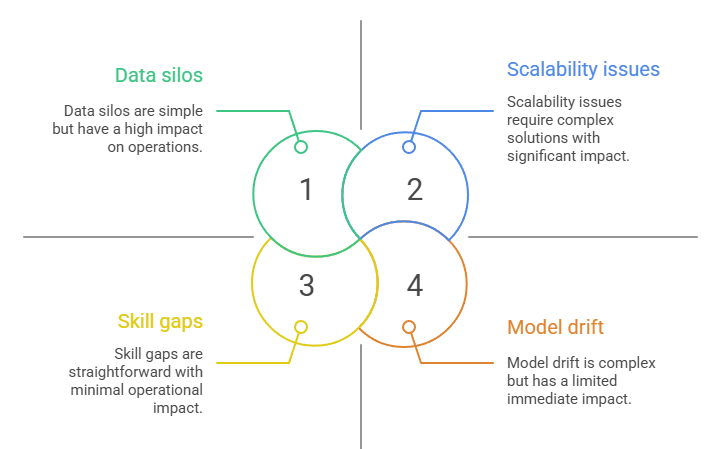
Challenge 1: Data silos.
Solution: Use feature stores for centralized access.
Challenge 2: Model drift.
Solution: Implement continuous monitoring.
Challenge 3: Skill gaps.
Solution: Follow a structured MLOps learning roadmap and upskill via online courses.
Challenge 4: Scalability issues.
Solution: Leverage cloud-native MLOPs tools and platforms.
Addressing these head-on boosts your mlops career guide.
FAQs
What is the best way to start the MLOps learning roadmap for beginners in 2025?
Begin with Python and ML basics, then move to Git and Docker. Hands-on projects accelerate learning.
How long does it take to complete a comprehensive MLOps learning roadmap?
Typically 3-6 months, depending on prior experience. Dedicate 10-15 hours weekly.
What are the top mlops tools and platforms to learn in 2025?
Focus on MLflow, Kubeflow, Airflow, and DVC. They’re versatile and widely adopted.
How can I apply mlops best practices 2025 to my current job?
Start by automating your ML pipeline and adding monitoring. Share wins with your team.
Is certification necessary in an mlops career guide?
Not always, but AWS Certified Machine Learning or Google Professional ML Engineer boosts credibility.
What real-world projects should I build while following the MLOps learning roadmap?
Try deploying a sentiment analysis model or a recommendation system end-to-end.
Wrapping up, the MLOps learning roadmap is your ticket to a thriving career in AI. With markets booming and tools evolving, now’s the time to act. Pick a step, get started, and watch your skills soar. What’s your first move on this roadmap? Share in the comments!

